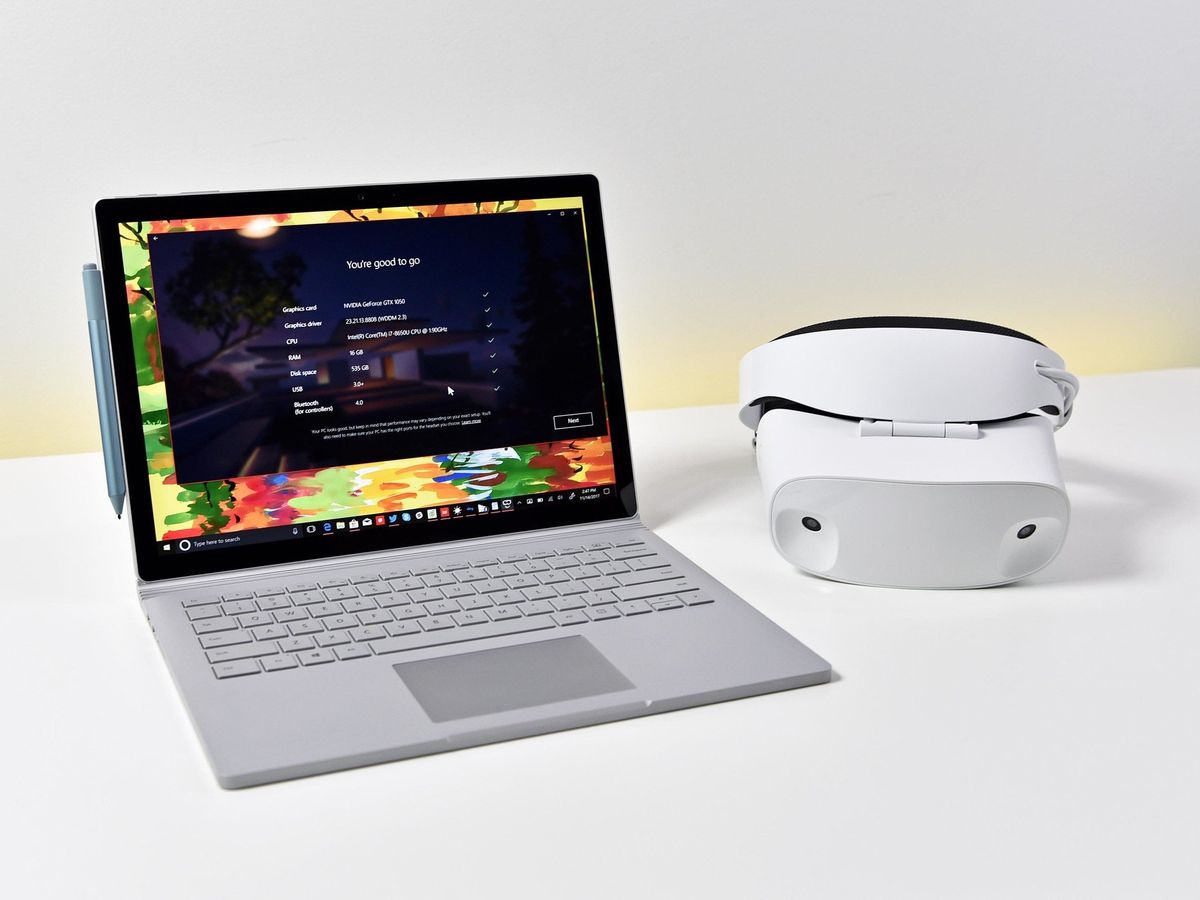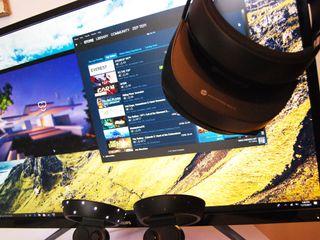Windows Mixed Reality headsets are a cheap and easy way to experience SteamVR
Microsoft's Windows Mixed Reality platform is good for more than just Windows apps — it's great with SteamVR too.

Windows Mixed Reality (WMR) is a really interesting project from Microsoft. With WMR, Microsoft is trying to build a world where Augmented Reality (AR) and Virtual Reality (VR) are mixed. Right now, however, the two "realities" are very much separate. HoloLens is an AR headset, with no VR capabilities. Windows Mixed Reality headsets are all VR headsets, with no AR capabilities. Admittedly, the name "Windows Mixed Reality" is misleading, but that doesn't mean it doesn't have great VR headsets.
See Windows Mixed Reality headsets at Microsoft Store
Wading into VR via Windows Mixed Reality
If you've been wanting to try VR, but can't work up the courage to splash out $500 on a HTC Vive or have the space to set up all the equipment you need for the HTC Vive or Oculus Rift to function, perhaps a WMR headset might be better suited for you. Although the name suggests otherwise, Windows Mixed Reality headsets are VR headsets that work with Microsoft's own VR software, as well as SteamVR, which makes them excellent headsets for beginners getting into the world of VR.
Windows Mixed Reality ultimate beginners guide
I don't think WMR headsets get enough credit. Unlike the HTC Vive and Oculus Rift, Windows Mixed Reality headsets don't require all that much space, as all the tracking technology is built into the headset. This means you don't need space to set up dedicated trackers that sit in the corners of your room. Instead, since Windows Mixed Reality devices do all the tracking from within the headset, you can actually operate within VR in the smallest of spaces, as long as you still have room to move your arms around.
WMR headsets are also way cheaper than other offerings on the market. Sure, you can get the Oculus Rift for pretty cheap these days, but for $130 less, you can get a Windows Mixed Reality headset with motion controllers, and not have to deal with all the extra tracking equipment. For the most part, while each WMR headset features different designs, they all basically share the same specifications. I've not tried every WMR headset, but from what I have tried, I can confirm they're all pretty comfortable.
SteamVR and Windows Mixed Reality

The SteamVR experience works much like you would expect. Once you set up WMR via Microsoft's own VR software, you can go ahead and download Steam, and then download SteamVR. From there, make sure you install the SteamVR for Windows Mixed Reality feature, and simply launch SteamVR. Put your headset on and go through the welcome process that SteamVR provides. You'll even notice that Windows Mixed Reality controllers are showcased in SteamVR, as SteamVR recognizes and welcomes WMR headsets like any other VR headset.
Get the Windows Central Newsletter
All the latest news, reviews, and guides for Windows and Xbox diehards.
Overall, I really think more people should be looking into Windows Mixed Reality headsets if they're interested in SteamVR. You don't have to go all-out on a super expensive, high-tech HTC Vive to enjoy VR. Splash out $240 on a Windows Mixed Reality headset and controllers, and be done with it. It's super simple and incredibly easy to set up and experience. I definitely prefer using my WMR headset over the HTC Vive, just for simplicity sake.
And, as a side-bonus, buying a WMR headset also opens you up to the WMR platform. Microsoft has its own VR software that lets you operate your PC right from within VR. You can browse the web, watch movies, open apps, all from Microsoft's own VR environments, with a Start menu that looks like it's from HoloLens, and the ability to move around, open and close app windows, and even furnish your environment with virtual objects. You don't get Microsoft's VR offerings buying a non-Windows Mixed Reality headset.
